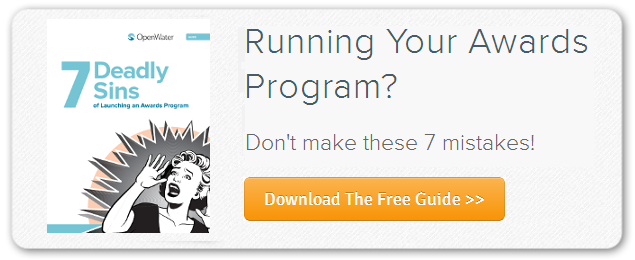Best Fundraising Strategies For Nonprofits: Part I
The lifeline of any nonprofit is cash. Without it, the goals for your nonprofit cannot be achieved. So how do you get enough money so you can provide the programs and services your nonprofit needs? Well, you ask for donations through fundraising. Fundraising is key in ensuring that your organization is able to survive and continue to grow year to year. Initially it may be awkward to ask strangers for money, but if you follow these steps, it can eventually be one of the most rewarding aspects of running a nonprofit. Here are the first three insights on the best fundraising strategies for nonprofits.
 1. Writing a Case Statement
1. Writing a Case Statement
Your case statement “makes the case” for people to make a donation. It should be a short one to two page statement that informs the public on what you plan to do with donations and why the money will make a positive impact on the community.
Be sure to include:
-Why you are in business in the first place.. what is the issue you are focusing on
-What you expect to achieve with the money.. specifically how you will make progress with the issue
-How your organization is different.. explain your organization’s niche
-What you have already achieved.. people are more likely to give to an organization which has a history of success
-Give a brief history of your organization, including company bios
Remember, the end goal of a case statement is to persuade a potential donor to give to your organization.
2. Target Your Audience
In order to get the most out of your efforts, aim for the people who will give you the biggest payoffs. Start with the contacts your board members have and the people who have given already. Next, find out who the people are that have given to similar organizations. When you contact these people, make sure to ask for referrals and follow up on them. The same applies with corporations and government agencies. While they are large entities, it’s the individuals in those agencies who make decisions. Build relationships with them as you would with individual donors. If you do this well with everyone you contact, you can begin to cultivate those donors who can make major contributions.

3. Include a Membership Option
Having a membership program is a great way to build a community that surrounds your organization. People will want to become members if there are benefits that justify the yearly membership fee that you will be able to collect. Solid ideas are members only newsletters, reduced fees for events, or some type of preferential treatment.


